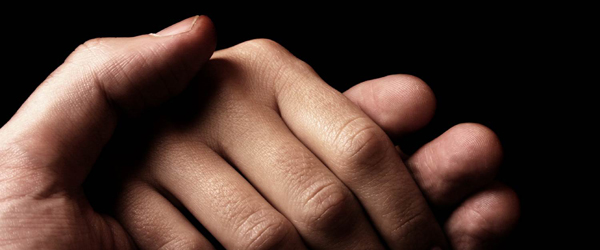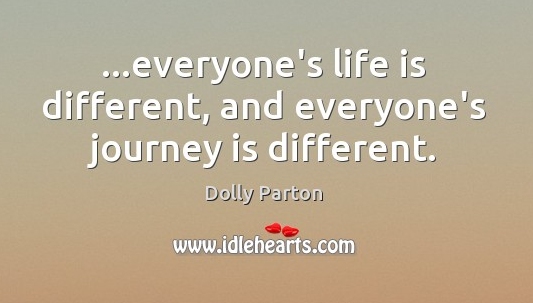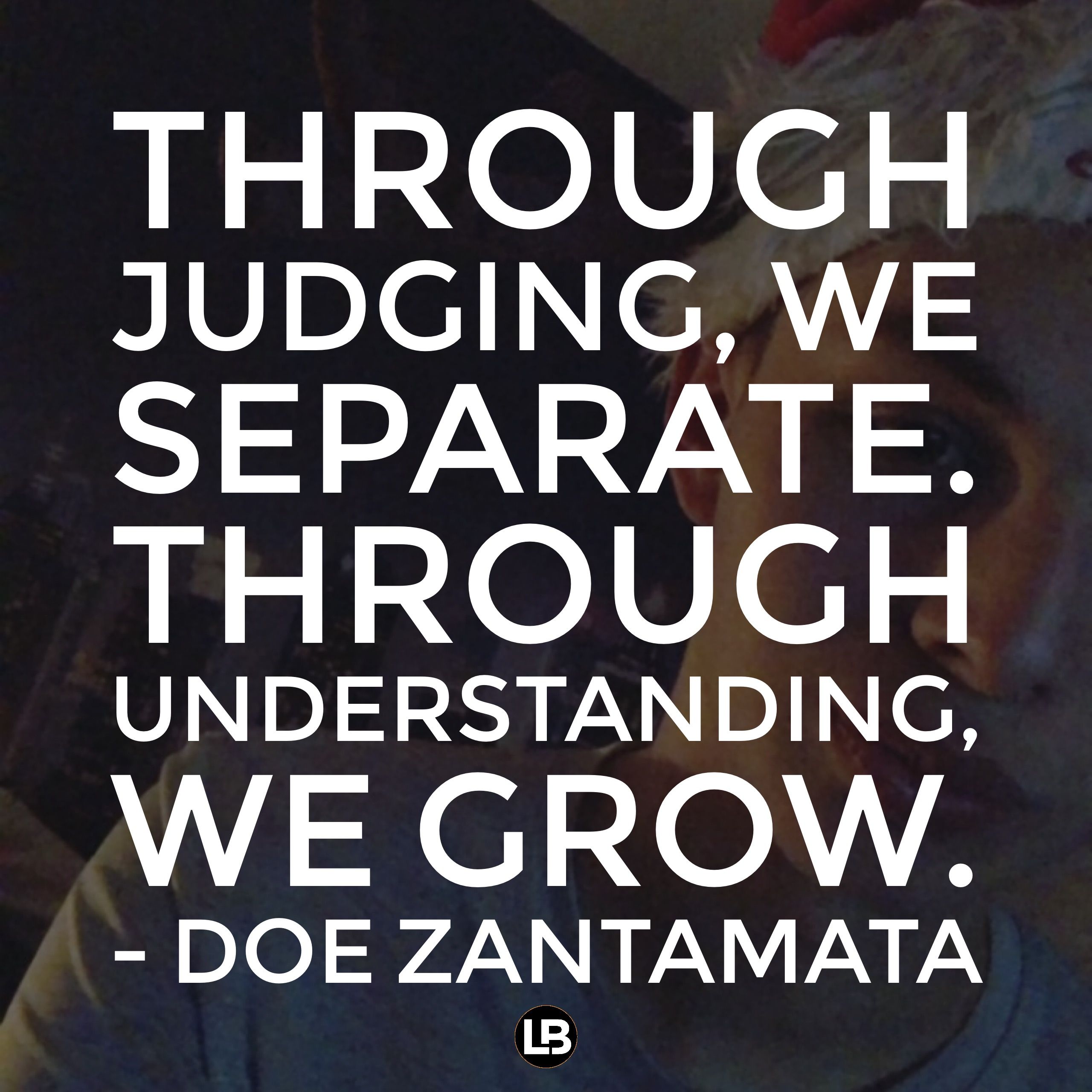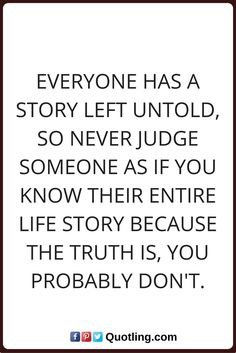Written by Lisa Matthews
I know I am not alone in my suffering…Recently, I read an article published in 2018 by The National Library of Medicine where it was estimated that, globally, one in three of all adults suffer from multiple chronic conditions. And that was 2018! That was before we had begun to experience the global pandemic of Covid-19 or all the unprecedented plethora of health issues that continue to result from it. I am one of those people, and I’m here to say that living with a chronic condition is exhausting, with dozens of obstacles the average person does not even think about. More specifically, I live with a neurological movement disorder called dystonia.
One of, if not THE most challenging things a person must learn to deal with after being diagnosed with a chronic condition, especially an invisible one, can be the harsh criticism that comes from loved ones. It is a pain that rips right through the soul with their disbelief. It is a pain that triggers nights spent crying, wondering how this situation can be used to somehow make things better for others. To make things better for other people who have found themselves wallowing in the isolated realization that even our loved ones just don’t know what they don’t know.
They don’t know how many years or how often we’ve been in pain but did not show it. They don’t know how living with any type of chronic condition can cause us to feel as if we are somehow “less than.” Less than acceptable. Less than adequate. Less than expected. Less than what is thought to be “normal.”
They don’t know the deep level of disappointment felt each time plans have been made and eagerly anticipated, only to be canceled or rescheduled due to the inability to function. Countless plans necessary for carrying out my work duties. Plans outside of work. Plans to see friends. Plans to spend time with family. Plans for various types and forms of much needed self-care.
For me personally, there was a short period of time where people didn’t know just how much alcohol I was consuming in an attempt to manage the intensity of pain I endured on a daily basis. Scared, I admitted myself into detox, began working with a couple 12-step programs, and started implementing a tremendous increase of simply resting my body. An online dystonia support group forum that I participate in helps to frequently remind me that I am not alone.
“Laying down is my favorite position,” and “My pain is drastically reduced when I lay down on my back,” are common statements posted by members with dystonia. Without question, I can relate to both. Those forums help me feel less alone.
My most significantly disabling diagnosis is called dystonia (a term I had never heard of until several months ago), though I have multiple other chronic conditions in addition. Dystonia is a neurological movement disorder that is characterized by involuntary muscle contractions which can cause slow repetitive movements or abnormal postures and is often extremely painful.
Mine began in my neck and right shoulder blade region, then progressed over time to include the following: up the right side of my head, causing intense headaches and impacting my ability to speak; down my right arm which is mostly just annoying; and down my right leg which impacts my gait and overall ability to walk.
There are several different types of dystonia, and the disorder may affect only one muscle, groups of muscles, or many muscles throughout the body. The areas affected and severity of symptoms varies with each individual.
For me, my dystonia is classified as “acquired,” meaning that I was not born with it, nor is it genetic in nature. The disabling contractions and spasms began about eighteen years ago as a result of a near fatal car accident in which my children and I probably all should have died. For that reason and through every day of struggle, I am filled with gratitude for the fact that we are all alive and my dystonia is the only condition of significance, to date, that came from it. It is, however, quite debilitating, and again, I know that I am not the only person on this planet to suffer from indescribable chronic pain on a daily basis that has impacted every aspect of life… physically, mentally, and spiritually.
According to the World Health Organization, around 16% of the global population are currently challenged by a significant disability, and the number is growing. One reason is because people are living longer, and the human body inevitably begins to break down and deteriorate. Due to a number of various reasons, that happens sooner for some of us than for others. When it does, that reality can interject a number of inequities arising from unfair conditions that range from stigma, discrimination, poverty, exclusion from education and employment, to barriers faced in the health system itself.
Since my journey of living with dystonia began nearly 18 years ago, it has without question become the greatest difficulty of my life so far and I’ve certainly experienced inequities because of it. As if it isn’t already difficult enough to be unable to perform routine daily tasks, but to then be faced with discrimination is mind boggling. Worst is the intolerance that comes from my most valued and meaningful relationships. Looking inward to reflect, I have come to realize the indifference has nothing to do with me, but rather with them because they don’t know what they don’t know. That said, they JUST DON’T KNOW.
However, the most challenging and painful thing can be learning not to take others’ perceptions of us to heart. As my invisible condition has worsened over the years, I have become more frequently met with skepticism and even harsh criticism. At the age of 53, it really hurts when it comes from some of those closest to me, be it friends, family, or coworkers, that the criticism can really sting. Some examples:
– We all have aches and pains; get over it.
– Well, I have pain in my back, but I still have to go to work every day.
– I call bullshit.
– If you worked a better program (12-step), you wouldn’t have these problems.
– You’re just depressed.
– You’re obsessed with your pain.
– I question your sobriety.
– You’re just looking for attention.
– It can’t be that difficult.
– There’s more to life than your pain!
– Stop being so dramatic.
– You should see a counselor/therapist. Oh, you already do? Well, maybe you should try a different one since this one clearly isn’t helping you.
I continue to learn how to handle such remarks, especially when they come from those who mean a lot to me. It can be very difficult to not take their criticism to heart, but I have to remind myself that they JUST DON’T KNOW.
As someone who has navigated and managed my own very often frustrating and demoralizing journey to and through my recent diagnosis, I have two distinct hopes: one, to spread public general awareness about conditions that cannot be seen; and two, to offer personal insights as well as strategies for navigating through some of the epidemiological, economic, and patient burdens associated with having a chronic condition.














